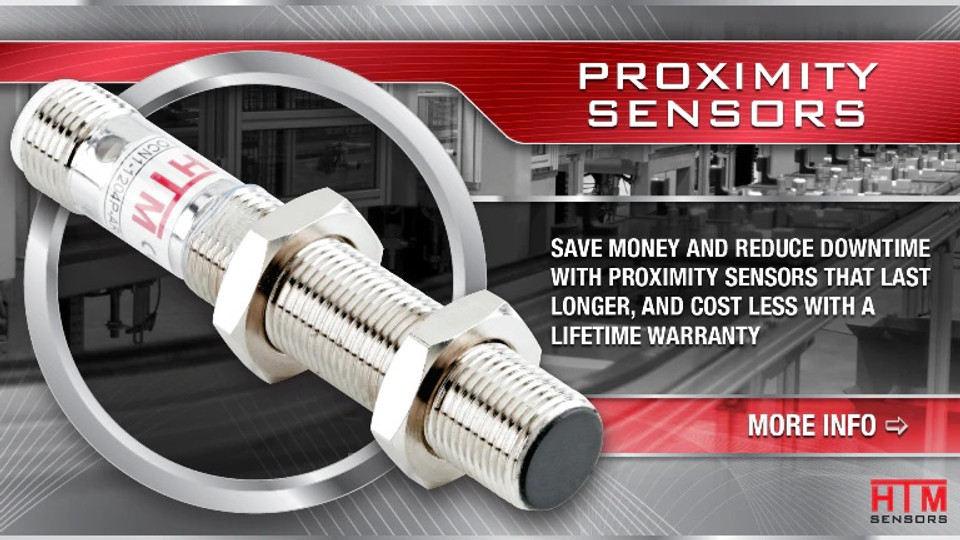The proximity sensor market is on track to reach USD 3.7 Billion in 2020 with industrial manufacturing and automotive the major market contributors according to Markets and Markets. Inductive proximity sensors play an enormous part in that figure as the smart factory becomes reality across sectors like aerospace & defense, automotive, food & beverage, pharmaceuticals, consumer electronics, building automation, industrial manufacturing, and others.
Delivering leaner processes in all industries requires flexibility, customized production and increased transparency and documentable processes. The smart factory relies on an ability to gain visibility down to the sensor/device level.
The combination of overall equipment efficiency (OEE) solutions, inductive proximity sensors, Programmable Logic Controllers (PLCs) and other automation devices such as IO-Link all work together to reduce downtime and waste while facilitating shorter production runs. OEE measures the percentage of manufacturing time that is truly productive by calculating the sum of:
While IO-Links and PLCs serve different functions, they both provide an easy and universal way to connect devices into control networks. IO-Link technology provides condition monitoring Reduces equipment slows, stops unplanned downtime and production output tracking. PLCs control manufacturing processes such as assembly lines, robotic devices, and processes for fault diagnosis. PLCs rely on the proximity sensor to perform many of its functions.
Inductive proximity sensors have been designed to detect shaft speed, shaft position, gate position or object presence and can be connected to a PLC or hazard monitoring systems to provide alarm and/or shutdown of your machinery when trip conditions are detected. These are all vital functions of automated industrial processes and the smart factory.
Manufacturing process conversion to smart processes will have a major impact through process improvement and reduction of pain points common to legacy manufacturing operations. One of the main legacy challenges is the high cost of downtime where the introduction of overall equipment efficiency (OEE) becomes an integral part of eliminating that downtime.
Predictive maintenance and downtime reduction are possible with the support of IO-Link technology integrated with smart devices. This eliminates time spent searching for the root of a problem through continuous diagnostics. As a key element of smart factories, inductive proximity sensors keep production lines operating efficiently while IO-Link technology alerts operators to sensor malfunctions and the need for preventative maintenance.
Inductive proximity sensors applications include major contributions to zero downtime, the demand for shorter production runs and eliminating waste in assembly line and automated manufacturing environments. These goals are foundational to the purpose of smart machines and ultimately the smart factory where they bridge the gap between physical processes and analytics. The result will be high reliability, ease of programming, and process fault diagnosis that saves time, increases productivity and lowers waste across industries.
 Canadian Dollars
Canadian Dollars
 USD
USD


